 Part of the Oxford Instruments Group
Part of the Oxford Instruments Group
Expand
Collapse
We have introduced a unique patented approach to achieve low damage and high-quality SiC substrate polishing on our 200 mm production platform. Plasma Polish has been proven to produce a damage-free surface and subsurface ideally suited for high yielding 150 mm epitaxial growth.
The SiC substrate surface quality is the starting point affecting the quality of epi, device performance, reliability and lifetime. Achieving an optimal surface is difficult due to the hardness of SiC and the methods used to slice and thin the wafers from the starting boule. Properly conditioning the surface is vital to enable yield and performance down the manufacturing line.
Plasma Polish Dry Etching is an established processing technique within front end processing for semiconductor high volume manufacturing. Oxford Instruments has developed and patented processes and equipment adaptions, providing a comprehensive silicon carbide polishing solution and delivering the surface material quality required for SiC high volume production.
Download BrochurePlasma Polish Dry Etching technique enables you to:
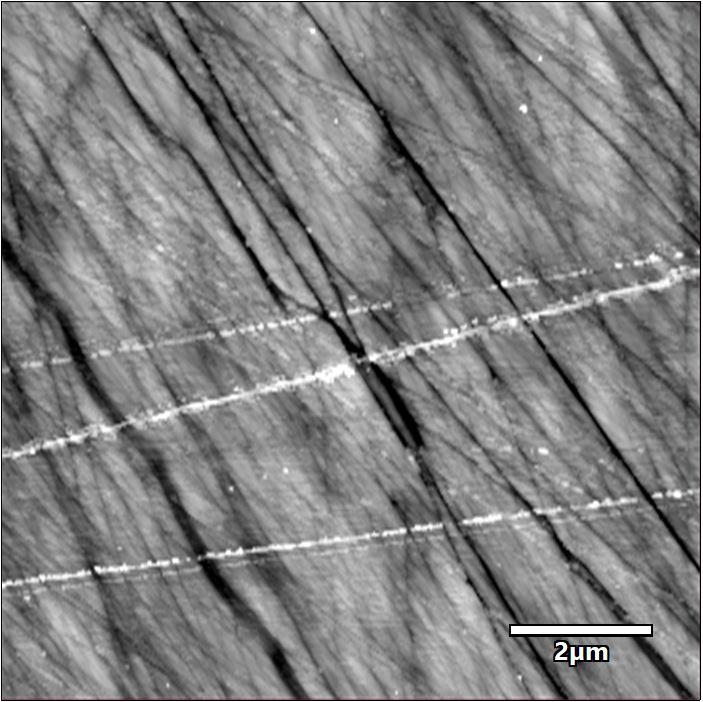
Figure 1. AFM image: unpolished substrate (Ra = 1.5 nm).
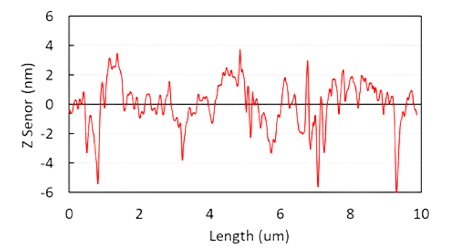
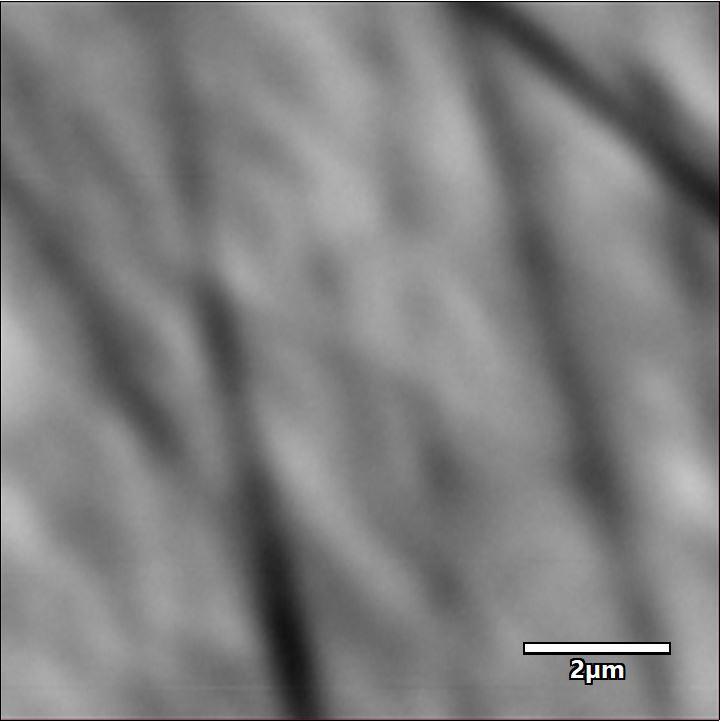
Figure 2. AFM image: after Plasma Polish (Ra = 0.70 nm).
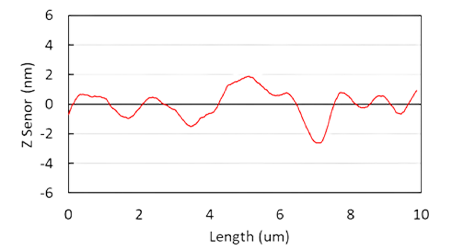
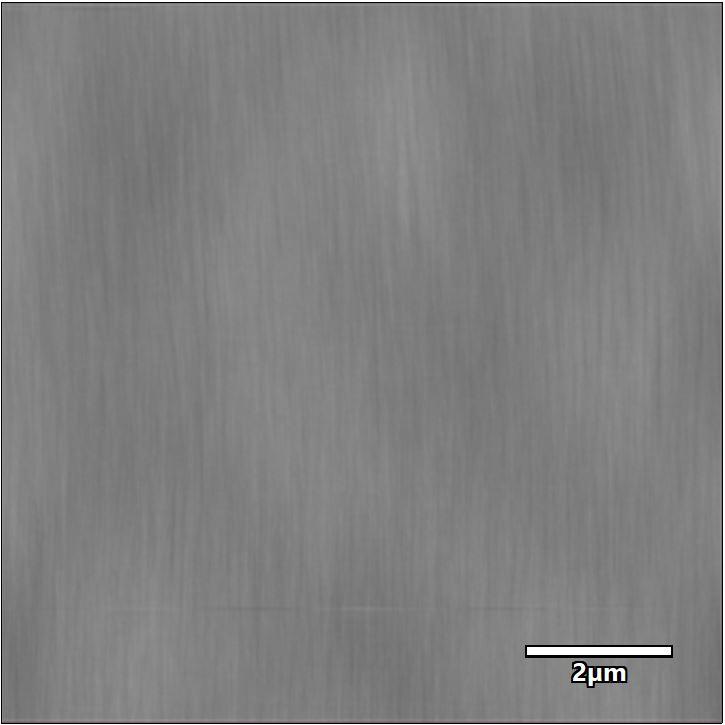
Figure 3. AFM image: SiC epi-layer on Plasma Polish wafer (Ra = 0.14 nm).
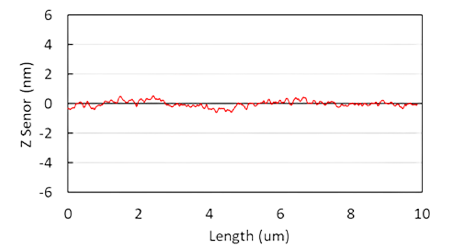
150mm SiC wafers are standard now and industry is moving to 200mm in the near future. Our process is scalable, offering the same results to the SiC substrates independent of the size of the wafer. Moving to larger wafers sizes favours single wafer processing over batch processing. This allows industry standard methods of wafer handling, monitoring and control to be applied reducing touch-time, increasing yield and efficiency.
Wafer grinding and CMP require a series of steps utilizing varying grit to improve the surface quality. This chemical mechanical process causes strain on the substrate increasing breakage and wafer loss. The particles leave scratches on the surface as it scrapes the SiC. Plasma Polish Dry Etching is a contactless process using ionised gas to remove the silicon carbide selectively, providing high surface quality and minimize substrates damage.

Plasma Polish Dry Etching replaces the CMP method in SiC process line.
*Orange processes show solutions covered by Oxford Instruments Plasma Technology.

Using slurry components for the chemical mechanical processing can significantly increase the operational expenses. PPDE offers a very attractive lower opex and cleaner alternative to a costly and toxic chemicals intensive CMP process while approaching near zero wafer breakage levels
Oxford Instruments' Plasma Polish Dry Etch process enables thinner slicing industry roadmap to achieve increased wafers/boule further supporting the desired industry cost-down roadmap.
Download BrochureClean water is recognised as becoming valuable and scarcer on a global scale, it is one of the key environmental issues of our lifetimes.
Plasma processing is standard within semiconductor HVM fabs with well established and controlled methods for handling of exhaust gases to strict environmental standards. The water used for plasma processing is the fab recirculation supply which is constantly recycled and re-used.
CMP requires large amounts of water to dilute and dispose of the slurry and toxic chemical effluent resulting from the process, a large cost and complexity when running large HVM cleanroom facilities.

Plasma etching has been proven to provide the high quality substrate finish needed to minimise epi defects and maximise SiC device performance. We have developed an innovative cassette to cassette plasma process solutions which provide the best SiC substrate surface quality.
Send us your sample and we can process your wafers at our advanced applications facility in the UK.